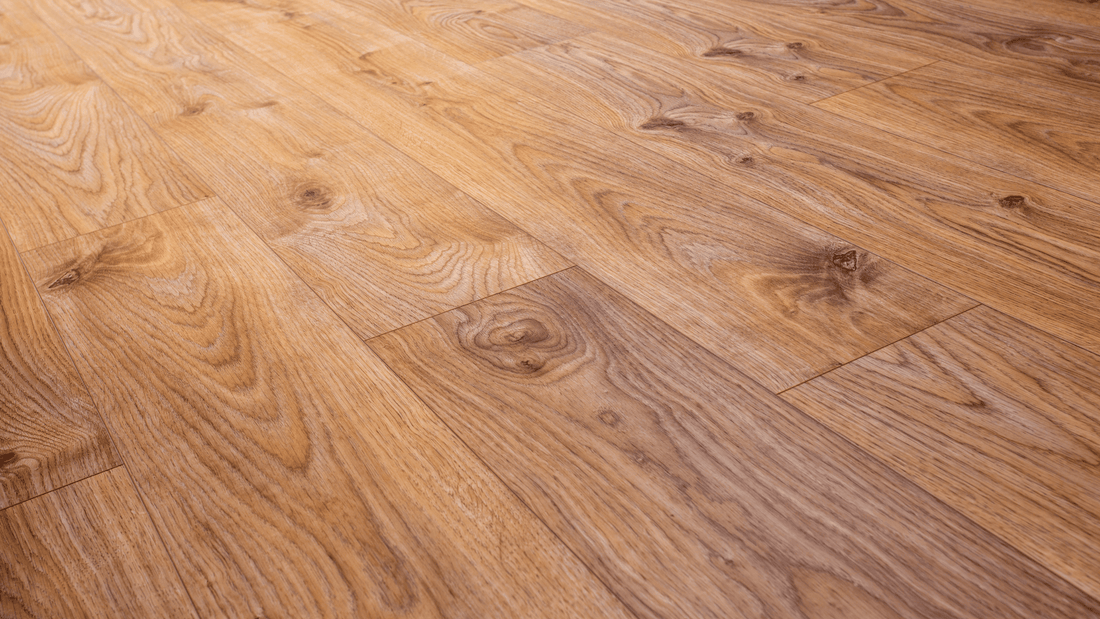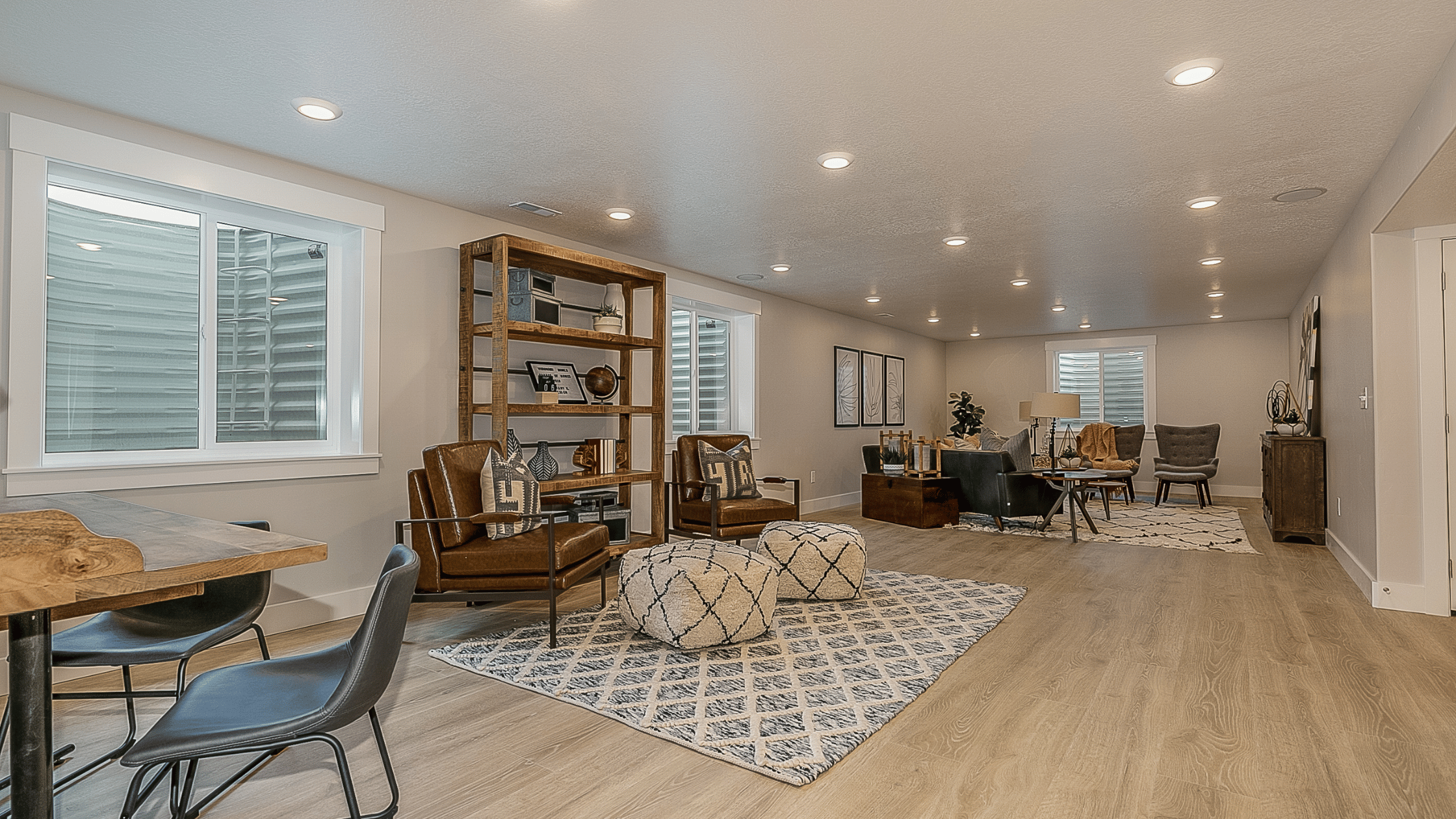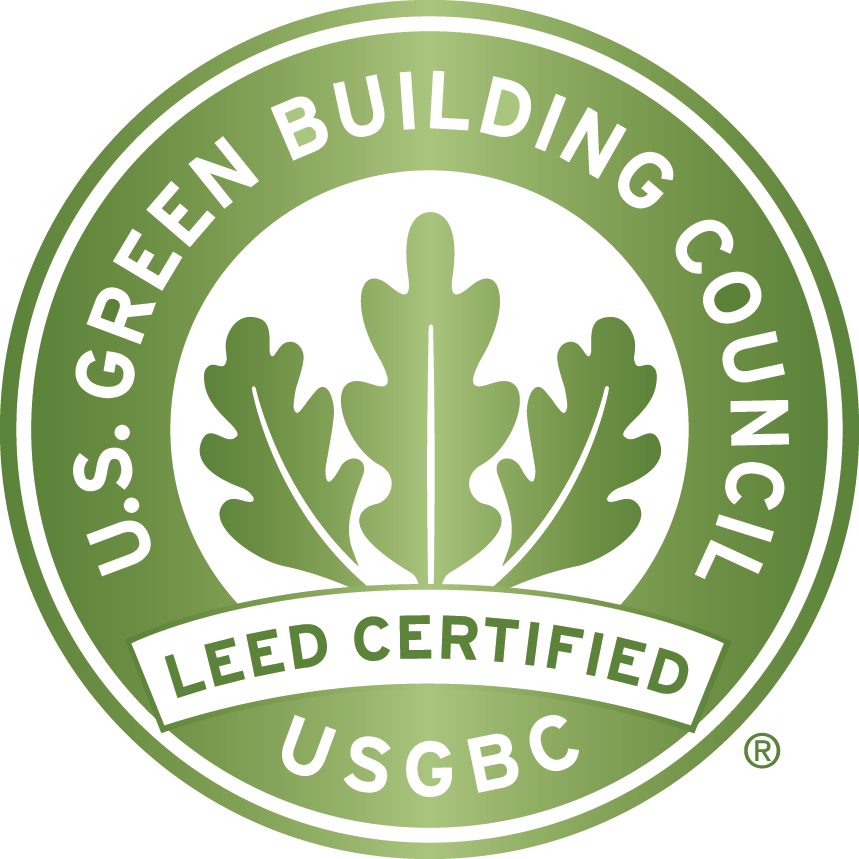Understanding LVP Underlayment
Within the field of modern home design, Luxury Vinyl Plank (LVP) flooring is distinguished by its ease of installation and visual attractiveness. The key to completely realizing the potential of your LVP flooring, however, is an important element: underlayment. We are the top producer of rubber underlayment in North America, and we can help you choose and install the right underlayment for your LVP flooring. This guide is your road map to making sure your floors last throughout time, including a review of frequently asked questions.
Why is LVP Underlayment Essential?
Underlayment is a layer that serves a variety of purposes by being positioned between your LVP and subfloor. It serves as a cushion to lessen the wear and tear that regular activities place on your LVP. It also reduces impact noise in the home, and may provide moisture protection depending on the material used, which is especially important if your subfloor is concrete. With the correct underlayment, you will transform your LVP floor’s performance from decent to extraordinary, enhancing its durability, acoustics, and comfort.
Types of LVP Underlayment
The market offers a range of underlayment solutions, however, rubber underlayment is the best option for LVP flooring in a variety of settings due to its inherent sound insulation, compression-resistance, and antimicrobial properties. Due to these benefits, rubber underlayment is commonly used in multi-story residential and commercial buildings to mitigate concerns related to impact noise.
Do You Need Underlayment for Your LVP Flooring?
General Recommendations
There is often disagreement about whether underlayment is required for LVP flooring. Some LVP alternatives have an underlayment layer attached which provides limited protection and sound insulation. Adding a separate rubber underlayment layer such as Duraquiet 3mm will improve the lifespan, feel, and sound insulation of the floor considerably. This feature is especially important when installing over concrete subfloors because the presence of moisture might damage the flooring material.
Special Considerations for Concrete and Plywood Subfloors
An antimicrobial rubber underlayment like Duraquiet is recommended for concrete subfloors in order to shield your LVP flooring from any harm. In this capacity, rubber underlayment performs exceptionally well, providing a dependable protection from bacteria, while mitigating subfloor flaws. Rubber underlayment for plywood subfloors evens out irregularities and greatly improves sound absorption, making the living area quieter and providing a comfortable underfoot experience.
Installation Best Practices
Installing Duraquiet Vinyl Underlayment
The foundation of a successful LVP flooring installation is a well-prepared subfloor.
- Begin by ensuring the subfloor is clean, level, and dry. Check for excessive moisture. A waterproof membrane may be required.
- Areas requiring fill patching or levelling must be prepared using a self-levelling underlayment.
- Adhere Duraquiet using a urethane-based adhesive, butt the seams together, ensuring not to overlap the membrane.
- Roll the floor using a 50-75lb roller to ensure proper adhesive transfer, starting with the width and then the length.
- Seal Duraquiet with a moisture-cured urethane adhesive.
- Adhere the vinyl floor to Duraquiet using the recommended acrylic adhesive by the vinyl manufacturer.
For more detailed vinyl underlayment installation guides, check out our technical resources.
FAQs and Common Concerns
Does LVP Flooring Need Underlayment on Concrete?
Yes. Concrete subfloors often present moisture issues that can compromise the integrity of LVP flooring. A rubber underlayment from Dura Undercushions acts as a barrier from bacteria such as mold and mildew, protecting your flooring from potential damage while also providing sound dampening benefits.
Can You Lay LVP Directly on the Subfloor?
Although it is possible, it is not advised to disregard underlayment. Rubber underlayment prolongs the life and improves the comfort of your LVP flooring by offering vital advantages including noise reduction, protection from bacteria, and a smoother surface.
Elevating Your Home with the Right Underlayment
Selecting the ideal underlayment for your LVP flooring is an investment in the comfort, acoustics, and durability of your house, not simply in improving the appearance and feel of your floors. Being the producer of the highest performing rubber underlayment in North America, Dura Undercushions is dedicated to offering solutions that satisfy the strictest requirements for functionality and quality. Our underlayment alternatives are made to fit your demands, whether you're working with concrete subfloors, want better moisture protection, or want to achieve increased sound dampening.
Get Your LVP Flooring Project Started Today
Don't skimp on the LVP flooring's foundation. Choose Duraquiet for your vinyl flooring project and contact our product specialists for customized guidance based on your particular flooring needs. Visit our blog for additional information and suggestions on how to improve your house with the greatest flooring options.













